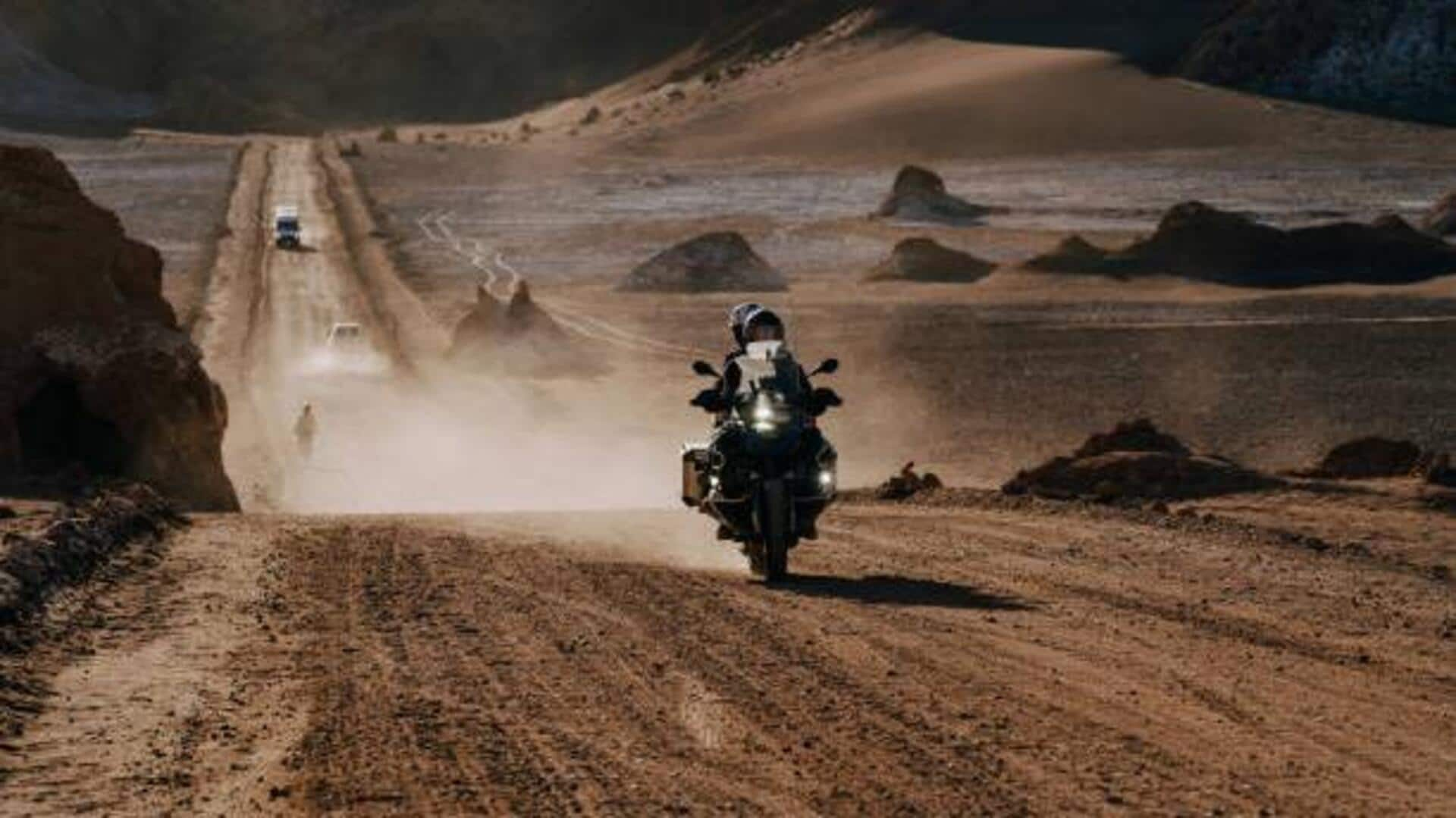
If desert motorbiking isn't on your list, add now!
What's the story
Africa's deserts provide the most thrilling and adventurous terrains for motorbiking enthusiasts. These vast, open spaces challenge riders with their unique landscapes and unpredictable weather. From the Sahara's endless dunes to Namibia's rugged trails, each desert offers a distinct experience. Riders must be prepared for harsh conditions and navigate through challenging paths. This article explores key insights into motorbiking across Africa's deserts, highlighting essential tips and considerations for adventurers.
#1
Preparing for harsh conditions
Before you hit the desert, it is important to prepare for the harsh conditions. These areas are characterized by extreme temperatures, both hot and cold. Make sure you have protective gear like helmets, gloves, and sturdy boots. Carry plenty of water to stay hydrated and avoid heat exhaustion. A first-aid kit is a must in case of any minor injuries or emergencies.
#2
Choosing the right bike
Selecting the right bike is critical for desert motorbiking. A dual-sport or off-road motorcycle is ideal, as it can handle rough terrains and sand dunes. Make sure your bike has good suspension and durable tires designed for sandy surfaces. Regular maintenance checks are important to avoid mechanical failures in remote areas.
#3
Navigating safely through deserts
Navigating through African deserts requires good map-reading skills and GPS knowledge. Since landmarks can be scarce or non-existent, it's important to have reliable navigation tools. Riding in groups can also improve safety, as it provides support in case of breakdowns or emergencies. Always inform someone about your route before heading out.
#4
Understanding weather patterns
Weather patterns in African deserts can be unpredictable, so it's important to keep an eye on forecasts before you head out. Sandstorms can appear out of nowhere, reducing visibility and making riding dangerous. Plan your rides according to weather conditions, and avoid traveling during peak heat hours when possible.